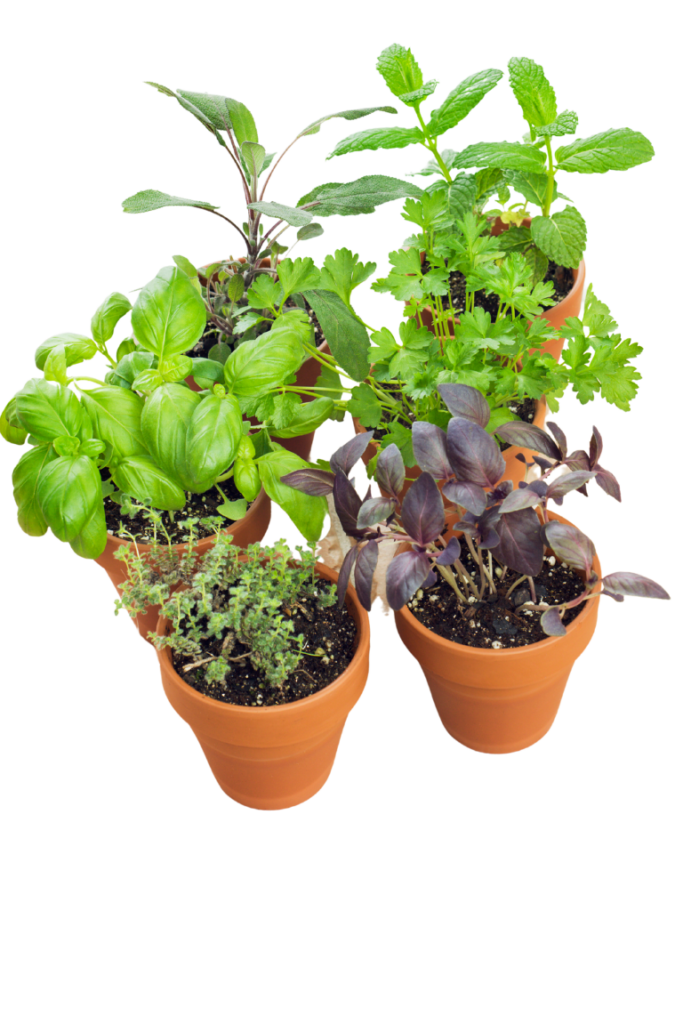As the winter season draws to a close, it’s time to gear up for spring! At AAA, we’re excited to offer you a plethora of helpful tips and resources to ensure your home is in top shape for the new season. From essential advice on inspecting your home post-winter to handy guides for spring cleaning and pet safety, we’ve got you covered. Additionally, learn the warning signs your roof may be giving that may need attention. Looking to add a touch of green to your space? Check out our expert tips on planting a herb garden and more.
Content provided by AAA’s Insurance Partner: Foremost Insurance

Inspecting Your Home After Winter
Very soon the ice and snow will slowly start to thaw out and melt. Spring is often the favorite time of the year for new homeowners, as they start to observe new things on their homes that they need to inspect, and projects they want to tackle in the summer. When purchasing a home in the winter with snow piled up on the exterior, it’s difficult to see everything as much as you would probably like to. With a clear view, it’s time to start a spring maintenance checklist and inspect for any damage sustained during winter.
- Examine your roof. Inspect your shingles to see if any blew away or were damaged during winter. Shingles that are loose, cracked or buckled need to be replaced. If you come across any of these issues, call a professional to assess the damage.
- Check the gutters. Grab your gloves and clean out all of the leaves and debris in your gutters and downspouts. Then, inspect your gutters and make sure they aren’t sagging. Make sure the downspouts are facing away from the foundation for proper draining.
- Inspect your driveway and other areas with concrete. Look over your driveway and sidewalks for any sign of cracks or movement. If you see any, you can fill them in with a concrete crack filler or silicone caulk.
- Check the outside faucets and hoses. Turn on the water to make sure it’s still running properly and place your thumb over the opening. If this stops the water flow, the water pressure may be too low and one of your pipes may be damaged. Call a professional for further assistance.
- Inspect windows and doors. Check for bent or broken hinges, and any cracks or holes. Depending on how serious the damage is, you can either replace or repair your door. If you have a screen door, you can usually buy a repair kit to fix any holes or tears so bugs can’t sneak through. If your windows look good, take the opportunity to wipe down the interior of the window sills if there is any dirt or mold present.
- Inspect your deck and fences. If you have a wooden fence, repair or replace any loose slats or rotted sections. For your deck, look for any signs of water stains or discoloration. Remove any loose or rusty nails, and make sure the railings and stairs are secure.
- Run your in-ground sprinkling system. Turn your sprinklers on to make sure they are working properly. Also look for any leaks or broken sprinkler heads, and readjust them if needed.
- Inspect your AC unit. Clean up any leaves or branches around the cooling unit, and change the filters. If you want a professional cleaning or a tune-up, you can call a qualified heating and cooling contractor.
Spring Cleaning Checklist
Nothing gets spring off to a good start like a thorough spring cleaning. After these major chores are done, you’ll just have to do the smaller ones on a weekly basis for upkeep.
Here Are The Big Jobs To Tackle:
- Wash windows
- Vacuum window screens
- Wash draperies, blinds and shades
- Wash floors
- Vacuum and clean carpets
- Move furniture and appliances to clean and vacuum beneath them
- Dust all knick-knacks and books
- Clean light fixtures and lampshades
- Dust cobwebs out of corners on the floor and ceiling
- Wash all bedding, including mattress pads and bed skirts
- Clean your oven
- Clean and organize your closets
- Store winter clothes away, replace with your spring and summer clothes
- Give items you no longer want to a local charity
- Sort and clean the cupboards and drawers in your kitchen and bathrooms
- Organize your media collections
- Sort through any leftover piles of mail and file important papers
- Donate books you no longer want to a local library
- See if a nearby hospital or nursing home would like your magazines

Spring Safety For Pets
Before you take your pets outside this season, be sure to complete this important safety checklist our team put together.
- Clean out yard debris.
Yard debris can include broken sticks, hedge trimmings, vegetative waste, grass clippings, animal waste, and more. Removing these items from your yard can help ensure a safe space for your pet while playing outside. - Use pet-friendly cleaning products.
Many cleaning products contain harsh chemicals that are toxic to pets. You can create a safer space for your pets by checking the labels of cleaning products before making a purchase. Most likely, cleaning products that are pet-friendly will be labeled as safe for animals. Purchasing these types of products can help keep your pet safe when you begin your spring cleaning. Plant based offerings are great options, along with those that include distilled white vinegar, lemon juice, baking soda and water. - Prevent fleas and ticks.
When it comes to fleas and ticks, your best bet is to combine as many methods as possible to reduce the risk of them getting on your pet. One option is to purchase shampoos that are specifically designed to protect against fleas and ticks. If you have carpet, regular vacuuming and cleaning can also help. After your pet is outside, do a thorough check of their skin to make sure they are free of any pests. One of the most effective methods is a prescription medication from your veterinarian. Be sure to reach out to your local vet if you have questions on other flea and tick preventatives. - Watch out for poisonous plants and berries.
If you have the option of completely removing poisonous plants and berries around your home, it is best to do so. Some things to watch out for are lilies, poison ivy, tulips, daffodils, and oleander. Ingestion of any of these plants may cause vomiting, diarrhea, seizures, liver failure, or worse. If removal is not an option, do your best to remain aware of where these poisonous plants are and steer clear of them. If you can’t tell if a plant or berry is poisonous by looking at it, keep your pet away. - Avoid newly fertilized grass.
Fertilizers can contain toxic chemicals that can cause bowel obstruction and inflammation of the pancreas. This can lead to drooling, nausea, vomiting or difficulty breathing. The scent these fertilizers emit can tempt your furry friends. Keep them away from newly fertilized grass for at least 24 hours. - Look out for faux grass and/or other holiday basket scraps.
Many families look forward to springtime because of the annual tradition of egg hunts and candy baskets. Kids search for plastic eggs filled with candy and other prizes, and they also carry candy baskets that often contain faux grass. Naturally, many people leave scraps behind, and our pets’ powerful noses are quick to sniff out the leftovers. Remember that chocolate can cause your pets to experience nausea and vomiting, and faux grass can cause various digestive issues. Keep a close eye out for these scraps during your outdoor activities.

Things happen. And when they do, you can rest easy knowing AAA Pet Insurance has you covered.
6 Warning Signs Your Roof May Need Replaced
It’s important to check your roof a couple times a year to make sure incremental damages don’t become serious problems. Healthy roofs can help prevent storm and hail damage, and consistent repairs could potentially save you money in the long run. Keep reading to learn what signs to look out for to help determine if your roof needs repairs, or replacement.
How Long Do They Last?
What Are Signs Of Roof Damage?
Regardless of your roof type, frequent inspections can help prevent long-term damage, catching leaks, cracks and rot early in the process. Some professionals recommend checking your roof twice a year – once in the spring, and once in the fall – to help ensure your roof is ready to withstand more severe weather during winter and summer storm seasons.
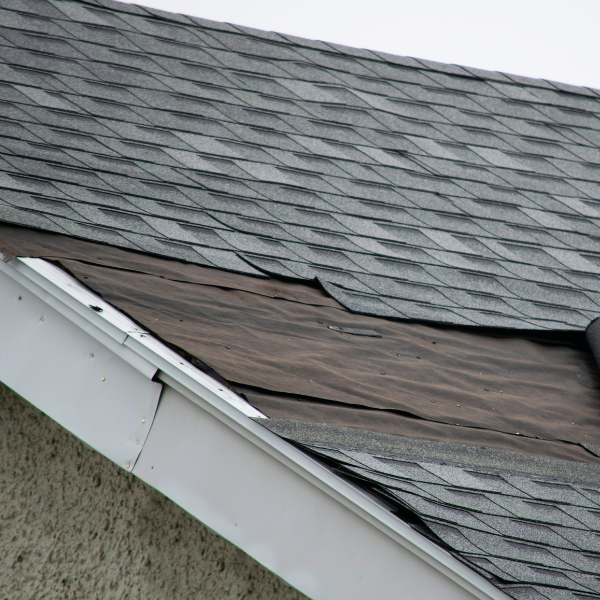
Loose or missing shingles
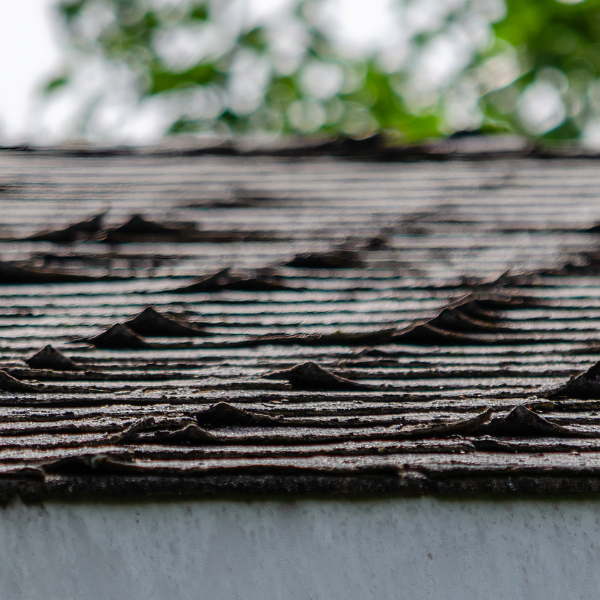
Cracked or curling shingles
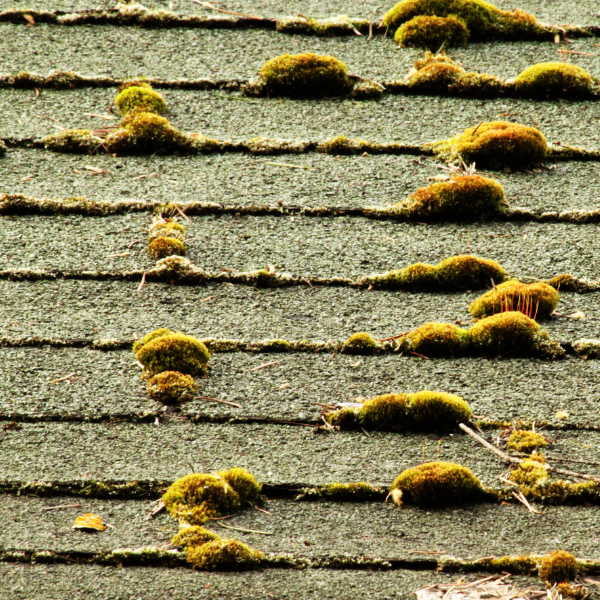
Shingles covered in moss or algae
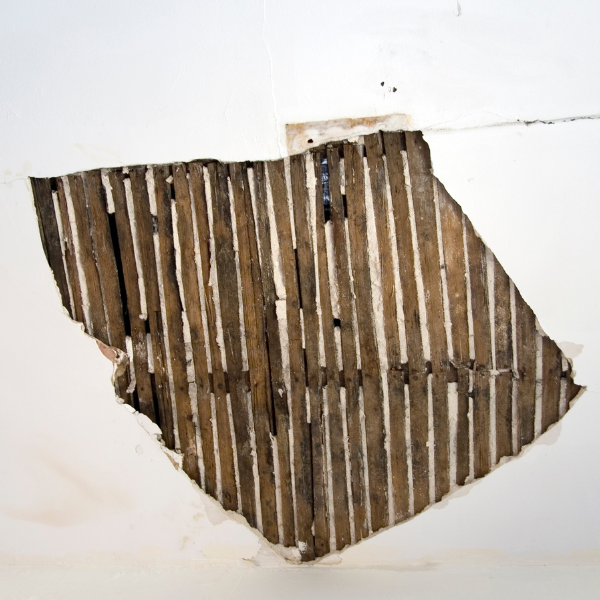
Holes or water damage in attic
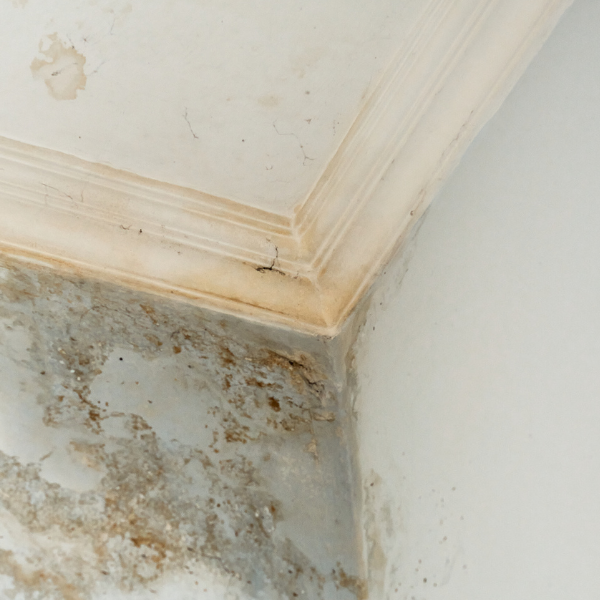
Extensive leaking

Plant Your Own Spring Herb Garden
Flavorful herbs are an attractive, tasty and aromatic addition to your container garden. Perfect for salads, soups and other dishes, there’s no substitute for homegrown herbs. Plant a single herb in one pot, mix several types in the same pot, or combine with vegetables.
